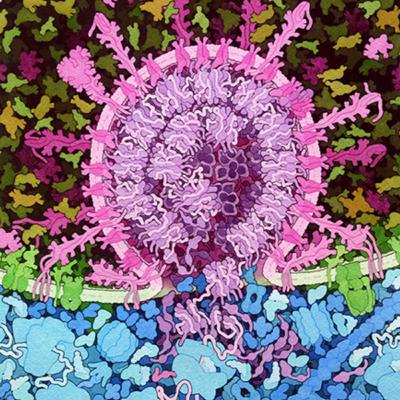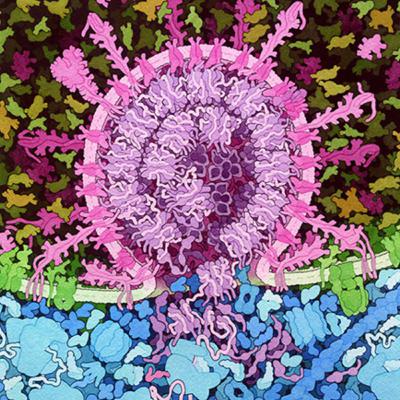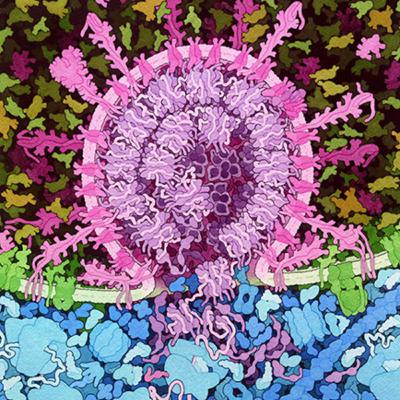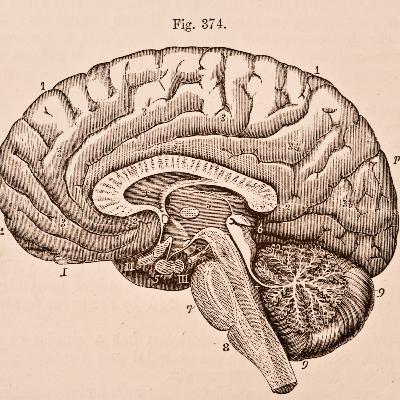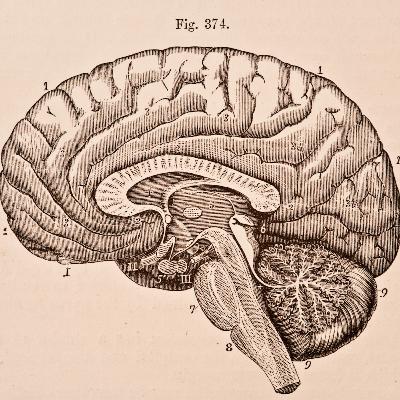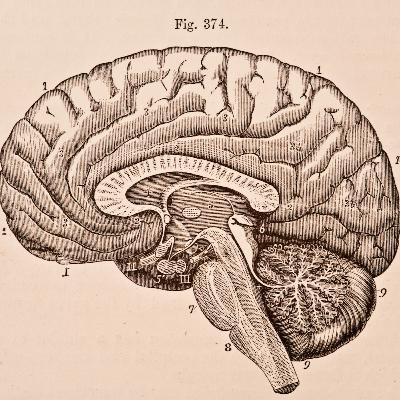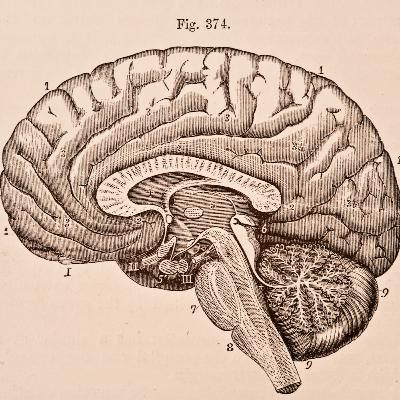Discover Simple IB Biology
Simple IB Biology

Simple IB Biology
Author: Amirali Ghajari
Subscribed: 4Played: 16Subscribe
Share
© Amirali Ghajari
Description
As an IB biology HL student, I decided to record a podcast for biology in order to record myself first and understand better, then upload this so everyone else who would like to understand biology in a simpler way can listen and enjoy! I hope there will not be any problems with my English too. One thing that I would like to mention is the order of podcast and I would like to apologize about the sequence of unit 6 being first before unit 1 and that would only problem so sorry about that. I hope you all find solutions to your problems in biology! 🧬
11 Episodes
Reverse
In this sub-unit of IB biology, we are going to explain the shortest part of unit 1, we are going to understand the concepts of:
Cells can only be formed by division of pre-existing cells
The first cells must have arisen from non-living material
The origin of eukaryotic cells can be explained by the endosymbiotic theory
In today's podcast we are going to explore and understand the concepts of:
Particles move across membranes by simple diffusion, facilitated diffusion, osmosis and active transport
The fluidity of membranes allows materials to be taken into cells by endocytosis or released by exocytosis
Vesicles move materials within cells
In this sub-unit we are going to explore the concepts and understanding of:
Understandings:
Phospholipids form bilayers in water due to the amphipathic properties of phospholipid molecules
Membrane proteins are diverse in terms of structure, position in the membrane and function
Cholesterol is a component of animal cell membranes
In this second part of unit 1 of the IB biology, we will explore the concepts of:
Prokaryotes have a simple cell structure without compartmentalization
Eukaryotes have a compartmentalized cell structure
Electron microscopes have a much higher resolution than light microscopes
Welcome everyone in the first episode of this podcast we are going to understand the key concepts of the first part of IB biology which are:
According to the cell theory, living organisms are composed of cells
Organisms consisting of only one cell carry out all the functions of life in that cell
Surface area to volume ratio is important in the limitation of cell size
Multicellular organisms have properties that emerge from the interaction of their cellular components
Specialized tissues can develop by cell differentiation in multicellular organisms
In the last sub-unit of unit 6 we are going to explore the content of:
Insulin and glucagon are secreted by β and α cells of the pancreas respectively to control blood glucose concentration
Thyroxin is secreted by the thyroid gland to regulate the metabolic rate and help control body temperature
Leptin is secreted by cells in adipose tissue and act on the hypothalamus of the brain to inhibit appetite
Melatonin is secreted by the pineal gland to control circadian rhythms
A gene on the Y chromosome causes embryonic gonads to develop as testes and secrete testosterone
In this sub-unit of unit 6, we are ging to synthesize and explain the contents such as:
Neurons transmit electrical impulses
The myelination of nerve fibers allows for saltatory conduction
Neurons pump sodium and potassium ions across their membranes to generate a resting potential
An action potential consists of depolarization and repolarization of the neuron
Nerve impulses are action potentials propagated along the axons of neurons
In this sub-unit we are going to explore the contents of:
Understandings:
Ventilation maintains concentration gradients of oxygen and carbon dioxide between air in alveoli and blood flowing in adjacent capillaries
Air is carried to the lungs in the trachea and bronchi and then to the alveoli in bronchioles
Type I pneumocytes are extremely thin alveolar cells that are adapted to carry out gas exchange
Type II pneumocytes secrete a solution containing surfactant that creates a moist surface inside the alveoli to prevent the sides of the alveolus adhering to each other by reducing surface tension
In this sub-unit we are going to explore contents of:
The skin and mucous membranes form a primary defence against pathogens that cause infectious disease
Cuts in the skin are sealed by blood clotting
Clotting factors are released from platelets
The cascade results in the rapid conversion of fibrinogen to fibrin by thrombin
In this sub-unit of human physiology we will explore contents of:
Arteries convey blood at high pressure from the ventricles to the tissues of the body
Arteries have muscle cells and elastic fibres in their walls
The muscle and elastic fibres assist in maintaining blood pressure between pump cycles
Blood flows through tissues in capillaries
Capillaries have permeable walls that allow exchange of material between cells in the tissue and the blood in the capillary
Veins collect blood at low pressure from the tissues of the body and return it to the atria of the heart
Valves in veins and the heart ensure circulation of blood by preventing backflow
In this sub-unit we are going to explain the concepts of:
The contraction of circular and longitudinal muscle of the small intestine mixes the food with enzymes and moves it along the gut
Enzymes digest most macromolecules in food into monomers in the small intestine
The pancreas secretes enzymes into the lumen of the small intestine
Villi increases the surface area of epithelium over which absorption is carried out
Villi absorb monomers formed by digestion as well as mineral ions and vitamins
Different methods of membrane transport are required to absorb different nutrients



